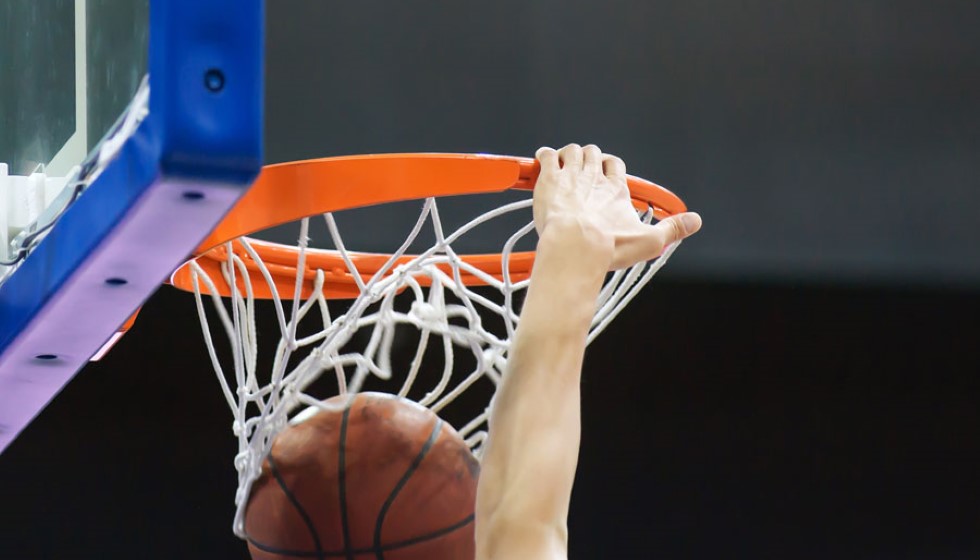
The Importance of Roster Construction
The bulk of Steve Kerr's post-playing career had been spent in the broadcast booth. Nevertheless, he became the top coaching candidate during his hiring cycle, securing job offers despite lacking experience as a head or assistant coach. The Golden State Warriors and the New York Knicks both sought him out. Derek Fisher ultimately took the Knicks job but lasted less than two years.
As much importance as we assign to coaching hires, they pale in comparison to the necessity of getting the roster right. This principle will be particularly crucial for J.J. Redick’s potential success with the Los Angeles Lakers. His achievements in Los Angeles will largely hinge on the players that Rob Pelinka and his front office can assemble.
A major focus will be the development of young talents like Austin Reaves, Rui Hachimura, and Max Christie. This developmental priority was reported even during the pursuit of other coaching candidates like Dan Hurley. Hence, the foundation of Redick’s tenure will likely be built on the growth of these budding stars.
Offensive Strategy Adjustments
One of Redick’s plans is to involve Anthony Davis more in the offense, especially during late-game situations. A significant goal is to reduce LeBron James' ball-handling duties to ensure he remains fresh for the playoffs. Given this strategy, Trae Young's fit with the Lakers makes a lot of sense based on several criteria.
Redick’s Long-term Potential
Redick's hiring indicates that the Lakers are thinking long-term. The organization is confident that he can be their version of Erik Spoelstra or Steve Kerr—a culture-setter who could grow with the franchise over a decade. With foundational pieces like LeBron James and Anthony Davis in place, Redick has a solid starting point.
During their 2020 championship run, the Lakers lacked a third star, which limited their ceiling. Though Malcolm Brogdon could probably be acquired for less than someone like Dejounte Murray, the addition of another significant piece remains crucial. Collin Sexton was reportedly a target for the Lakers at the trade deadline, exemplifying their search for additional talent.
Challenges in Acquiring Talent
Acquiring ball-handling talent tends to be relatively straightforward and often more affordable. In recent years, the Lakers have invested significant assets in players like Dennis Schroder, Russell Westbrook, and D'Angelo Russell. However, finding quality wings—a more prized commodity in the NBA—is a much tougher task. These players are often developed within the organization itself. Most championship teams cultivate their wings organically.
The Lakers appear ready to bet on Redick's developmental acumen in producing essential wing talent. However, this endeavor comes with its challenges, primarily due to the stringent market for high-caliber wings.
The Uncertain Future of LeBron James
One significant variable remains LeBron James' future with the Lakers. His return is not a guarantee. Until his future is secured, the Lakers must remain flexible and prepared for life post-LeBron. This uncertainty complicates the task of projecting the Lakers’ roster with any precision.
While we understand the broad strokes of how Redick envisions building the team, concrete details on the overall plan remain sparse. As the season progresses, the clarity of Redick's vision and how it translates on the court will become more apparent. For now, Lakers fans can only speculate and hope for the best.
Ultimately, Redick's success will not be determined solely by his strategies. His effectiveness will largely depend on the team's ability to assemble a supportive and talented roster around him. The Lakers’ confidence in Redick is evident, encapsulated in their belief: “Los Angeles is confident he can be their version of Erik Spoelstra or Steve Kerr—a culture-setter who can grow with the franchise for over a decade.”